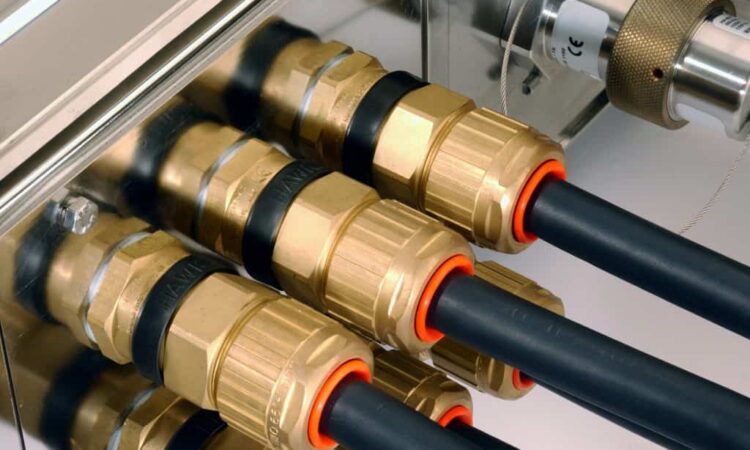Ex d Barrier Gland – Why it is Important
Ex d Barrier Gland – Why it is Important
Jun 27, 2020

Most Common Failure
There has been plenty of evidence to show that unless you have been working in the oil and gas industry, underground coal mining, food processing or petrochemical industries, the average industrial Electrician does not know how to make off an Ex d Barrier Gland correctly.
This has resulted in major non-compliances in electrical installation recorded in major oil and gas projects e.g. Chevron’s Gorgon and Wheatstone in WA, and GLNG and APLNG in Gladstone. A lot of time, effort and resources have been spent in remediation work pushing the project budgets, causing delays and frustration.
Where Ex rated enclosures are subject to large variations in ambient and/or service temperature conditions that can create a pumping action and transfer the gases or fluids from a hazardous area to a non-hazardous area, then a barrier gland can be used to prevent the migration of these flammables. However, the most common use for them is in flameproof installations, where they are used to prevent flame from an explosion that may occur inside the equipment from travelling down the cable. We commonly use an ex d Barrier Gland to seal the cable entry in an Ex d enclosure to prevent that flame propagation.
Sealing of Cables
Sealing cables, using a barrier gland, to prevent flame propagation, is a necessity on an Ex d enclosure where:
- the connected cable is not circular or solidly extruded.
- the connected cable is circular and solidly extruded but is less than 3 metres in length.
Sealing of cables is also a requirement on other Ex rated equipment, namely instrumentation which only has a single process seal and is in contact with a fluid or gas under pressure.
In this case, the barrier gland can be used to provide a second seal in the wiring to prevent flammables from migrating to the non-hazardous area.
Sealing Device
Conduit seal or Y-seals are used for conduit installations to prevent migration or flame propagation, and commonly used to prevent pressure piling between an Ex d enclosure and another enclosure.
Ex d Barrier or Compound Glands are typically designed with a metal compound tube, which fits inside the entry element. This is filled with the solidified compound, which prevents flame propagation through the interstices of the cable.
Recent Post
Mar 14, 2024
